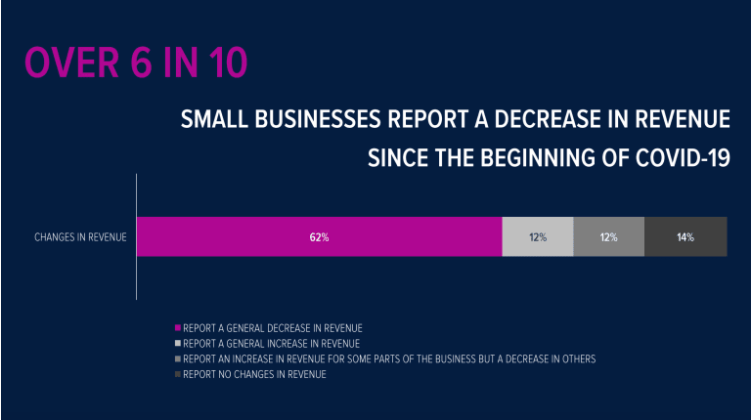
A venture capital fund is an investment fund that puts money into new businesses in their early stages that have the potential to make a lot of money but also have a lot of risks. A venture capital company is in charge of running the fund, and most of the investors are banks or people whose net worth is pretty high.
What is a Venture Capital Firm?
Table of Contents
A venture capital company can work in a mutual fund in various forms, such as an investor and a fund manager. Investors have been observed to invest between 1% and 2% of their funds into the account. It shows the other investors that they are determined to make the fund work.
They are accountable for finding investment opportunities, creating business models, or new technologies that could give the fund a big return on investment. It is one of their jobs as the people in charge of the fund.
Also Read: The Complete Guide To Seed Capital And Seed Funding
Typical responsibilities in a venture capital organization
· All of the firm’s investments are made by the General Partners, who often put their own money into the fund.
· Venture Partners is in charge of finding possible investment prospects, and they get reimbursed per the number of agreements they can close.
· Principals are mid-level investors. With knowledge in investment banking or other fields related to the fund’s investment plan
· Associates: Junior staff who have functioned previously in investment banking or management consulting
· An entrepreneur-in-residence is a temporary job held by an industry expert who works as a consultant or advisor for a venture capital company. People who can deliver new business concepts or help with due diligence often fill this role.
Venture Capital Firms’ Compensation
The two main ways venture capital firms make funds are: management fees and carried interest.
Investors in a venture capital firm must pay management fees each year to meet the company’s operating expenses. Most of the time, the charges are about 2% of the total.
A carried interest is a performance bonus the venture capital company gets if the fund makes money. It is usually about 20% of the entire profit allocation. The carried interest is not paid out if the fund loses money. After that, the money is distributed among the venture capital business staff, with the general partners getting the most.
Also Read: Merchant Capital Funding – A Shot In The Arm To Small Businesses That Require Working Capital
Types of Venture Capital Funds
The main focus of a venture capital fund could be on a certain part of the market, a certain industry, a certain fundraising stage, a certain location, or a mix of these things. For instance, money can’t invest outside of the U.S. unless it’s in biotechnology or early-stage entrepreneurs working in many different fields.
It will make a choice based on the areas where the venture capital business has the most knowledge and the fields where there is the most demand right now.
The Evolution of a Venture Capital Fund throughout Its Lifetime
The first step in starting a new fund is “raising capital,” which involves a venture capital company looking for investors. As per the company’s stature, the market’s state, and the fund strategy, the procedure could take several months or even years. When a certain amount of money has been put into the fund, no more money can be put into it.
After that, the venture capital company moves into an investment phase that can last anywhere from three to five years. During this time, the fund management gives cash to investment firms and grows the portfolio. The priority then turns to portfolio management and giving investment companies the tools they need to make their chances of a successful exit as high as possible.
A venture capital fund lasts for about seven to ten years, starting when the fund is sealed and concluding when all transactions are done and any returns are distributed among investors. A fund’s life span starts when the fund is closed.
Also Read: Capital Gains Tax – Everything About LTCG & STCG Tax In India
Return Generation and Exit Strategies
Venture capital investments only pay off when a stake is sold. It is different from investments like bonds that pay interest or stocks that pay dividends. There are majorly three methods to get out of a building:
- Acquisition of shares by direct purchase
Either the fund gives its shares back to the company, or it sells the part of the company it now owns to another investor.
- Acquisition
During an acquisition, a different enterprise, mostly a big one, buys the investment firm, and, as a result, it buys out the venture capital fund.
- An Initial Public Offering, often known as an IPO (IPO)
The sale of shares by the venture capital fund is part of an initial public offering (IPO), which makes the investment business publicly traded.
Investment Risks
Even though the profit on investments in venture capital funds may be good, each investment comes with a high level of risk. The vast majority of the projects fail, meaning that the fund loses a lot of money, if not all. The risk is higher the earlier an investment is made because newer firms or advancements with less history are more likely to fail.
Diversification is a very important way to reduce the total risk of venture capital investments. Venture capital firms usually invest in more than one business at a time to spread the risk of their investments over more than just one or two businesses.






